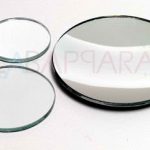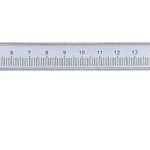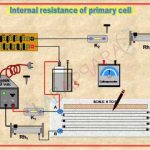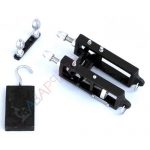Physics equipment
Showing 17–21 of 21 results
To find the focal length of the given concave mirror by
The Concave mirror – u-v method: Spherical mirrors It is a mirror which has the shape of a piece cut out of a spherical surface. Two types of spherical mirrors are; Concave mirror: Its inner concave surface reflects, and has polished outer surface. Convex mirror: Its outer convex surface reflects, and has polished inner surface. … Continue reading “To find the focal length of the given concave mirror by”
To know the use of the Vernier Calipers
To know the use of the Vernier Calipers Our Objective To know the use of the Vernier Calipers. To measure the diameter of a small spherical / cylindrical body. To measure the length, width and height of the given rectangular block. To measure the internal diameter and depth of a given beaker/calorimeter and hence find … Continue reading “To know the use of the Vernier Calipers”
To measure the internal resistance of a given primary cell using potentiometer.
The Potentiometer-Internal resistance of a cell: Theory Potentiometer Potentiometer is a device used to measure the internal resistance of a cell, to compare the e.m.f. of two cells and potential difference across a resistor. It consists of a long wire of uniform cross sectional area and of 10 m in length. The material of wire … Continue reading “To measure the internal resistance of a given primary cell using potentiometer.”
To study the relationship between force of limiting friction
To study the relationship between force of limiting friction Objective To study the relationship between force of limiting friction and normal reaction. To find the co-efficient of friction between a block and a horizontal surface. Theory When one body makes an attempt to slide over another body, an opposing force called the force of friction … Continue reading “To study the relationship between force of limiting friction”
Young’s modulus Experiment
Young’s modulus Experiment Our Objective Our aim is to determine the Young’s modulus of elasticity of the material of a given wire using Searle’s apparatus. The Theory Before we move ahead, do you know what a Searle’s apparatus is? Searle’s apparatus consists of two metal frames F1 and F2. Each frame has a torsion head … Continue reading “Young’s modulus Experiment”





